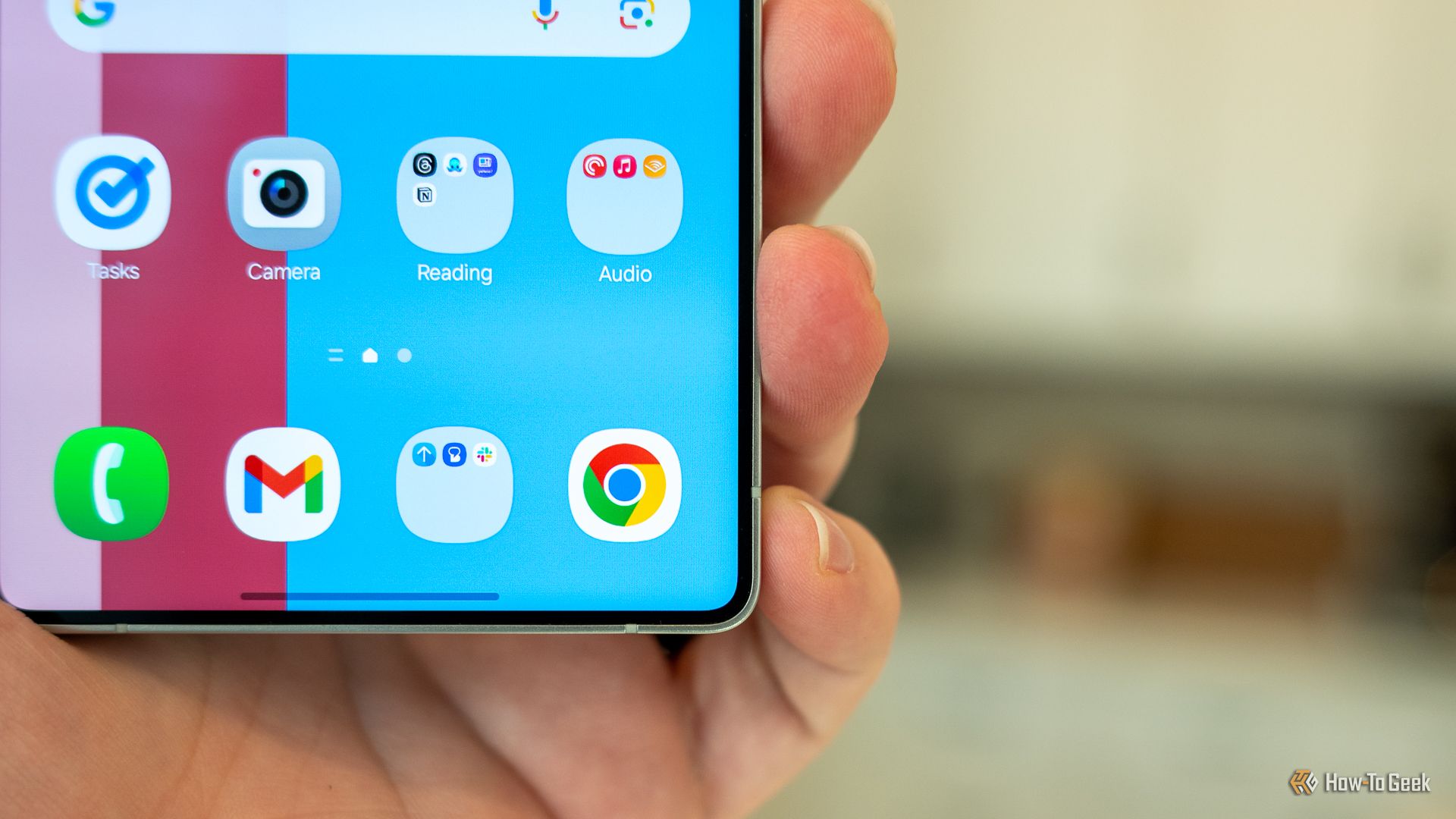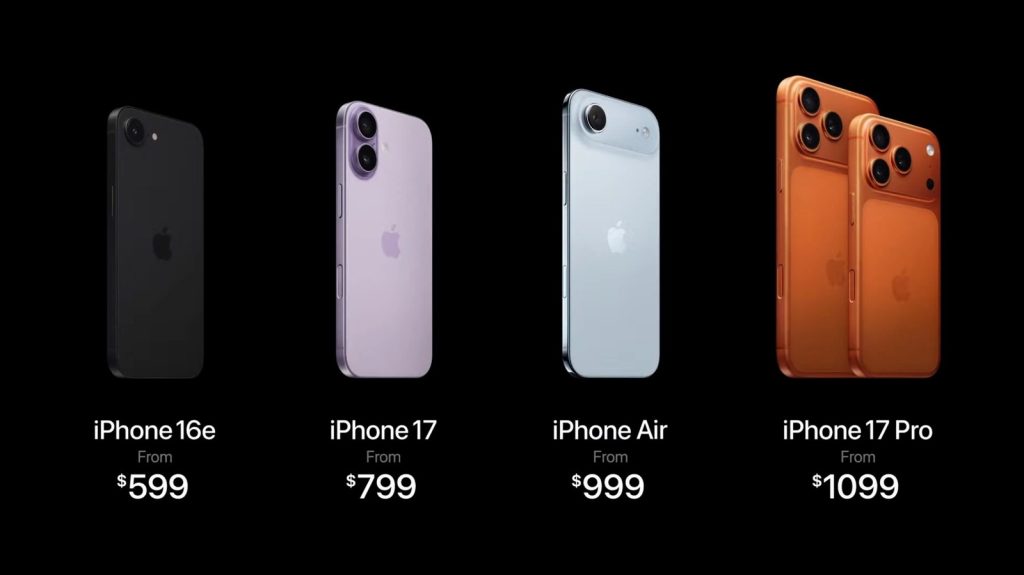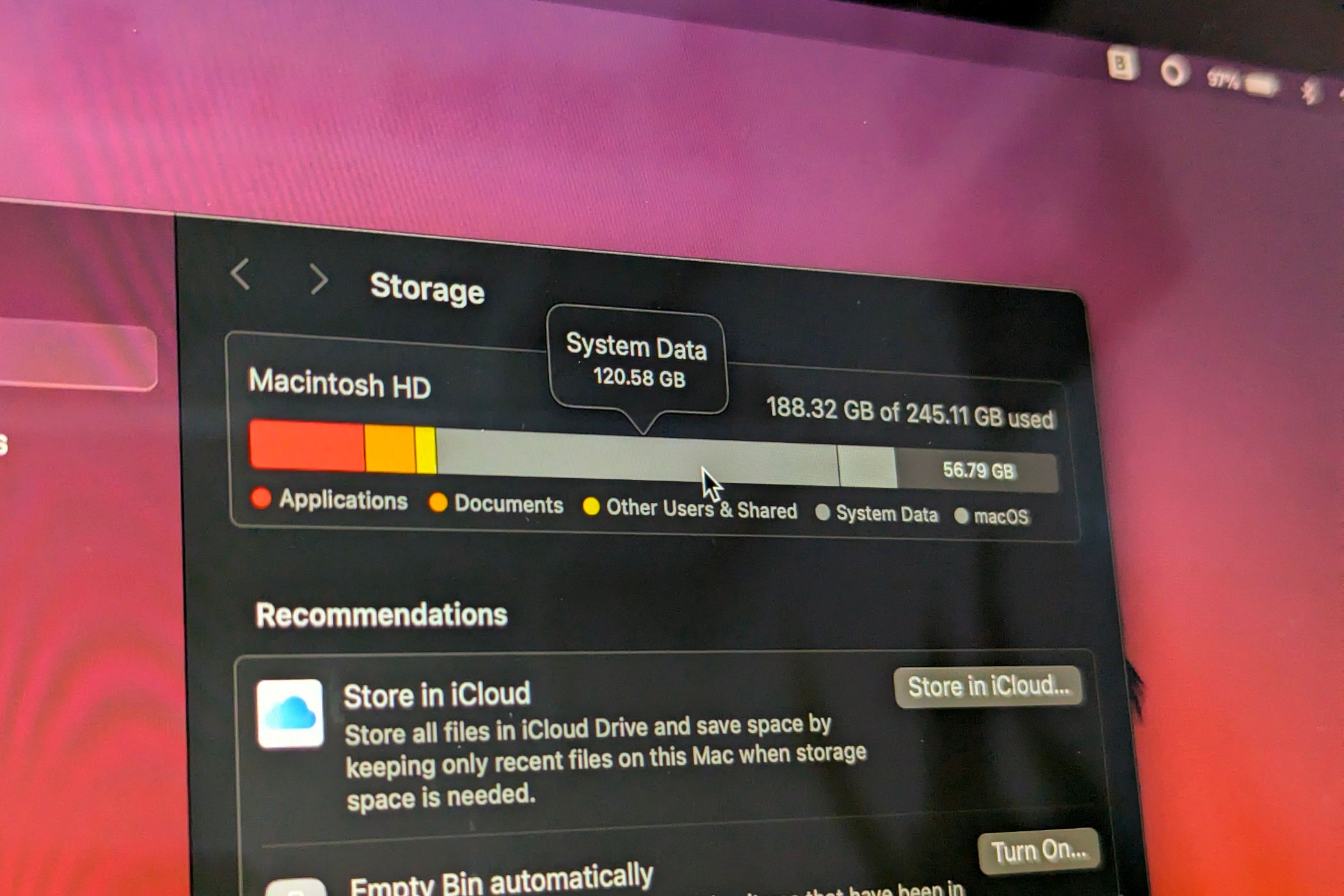- Modern devices, such as the M4 MacBook Pro and advanced monitors using Mini-LED and OLED technology, have seen notable reductions in bezel sizes.This trend caters to consumer demands for higher screen-to-body ratios.
- Thin bezels provide more immersive viewing experiences, improve perceived image quality, and evoke associations with premium technology. Improved viewable screen sizes on laptops offer better value without increasing device dimensions.
- While thin bezels are preferred for aesthetics and immersion, they may still serve functional purposes in certain cases (e.g., housing webcams or structural support).
Images:
- !The MX Ergo S as part of a computer setup
- !An M4 Pro MacBook Pro running Baldur’s Gate 3
- !Indiana Jones on an Alienware 27 4K QD-OLED (AW2725Q)
Indian Opinion Analysis
India’s growing embrace of personal computing devices makes this global trend toward thinner bezels highly relevant due to increasing demand for advanced displays among tech-savvy consumers here. Thinner bezels align with Indian consumers’ preference for modern aesthetics and immersive viewing experiences across diverse applications like gaming or work-from-home setups-a vital segment post-pandemic growth trends.
Such technological advancements also highlight how manufacturers cater not only to aesthetic tastes but practical needs such as maximizing space efficiency through larger effective screen areas in compact designs-something Indian consumers frequently enough value given space limitations in urban settings.
However, India must remain watchful about the balance between functionality and design minimalism; ensuring these reduced bezel technologies continue meeting performance needs like webcam placement or durability under cost constraints may be critical moving forward.
To read more: Source Link
Quick Summary
- Bezels on devices like tablets and phones serve practical purposes, such as allowing users to hold the devices without obscuring the screen.
- As bezel thickness decreases, sophisticated touch-rejection technology has become vital for usability.
- Thin bezels improve multi-monitor setups but could be replaced by large ultrawide screens for some users’ preferences.
- The tech industry is striving for bezel-less designs with innovations such as under-display sensors, ultra-thin bezels (e.g., Samsung’s 1.8mm panels), and seamless screens like those demoed by LG Display.
- Current advancements allow displays with nearly invisible seams that could eventually lead to modular TVs where users can add panels to upgrade screen sizes.
- Despite progress, entirely bezel-free screens are unlikely due to practical requirements like space for components (e.g., cameras) and user handling.
!A close up of the front camera on the apple iPad pro (M4)
Indian Opinion Analysis
The trend toward thinner or even bezel-less screens reflects innovation in display technology that may have interesting implications globally, including in India. Modular TV designs or ultrawide screens could change consumer electronics markets by offering more versatile options tailored to various needs.For India’s tech-consuming population-particularly in urban areas-these developments might lead to new kinds of entertainment systems and professional setups needing less bulky equipment while optimizing device real estate.
From a manufacturing outlook,India’s thriving electronics sector will likely track this advancement closely. Companies here might explore cost-effective ways of adopting similar technologies into domestically produced products, perhaps increasing competitiveness within both local and global markets.
However, certain practical realities remain relevant: thicker bezels provide structural integrity and usability advantages essential for everyday consumer electronics. Thus any push toward entirely bezel-less designs must navigate these trade-offs without compromising functionality-a challenge Indian manufacturers keen on innovating must consider carefully.































